"When people are financially invested, they want a return. When people are emotionally invested, they want to contribute.”
- Simon Sinek
Introduction:
The labor market is an ever-evolving landscape, especially for small businesses. The challenge isn't just about finding people; it's about finding the right people. In today's market, where nearly half of firms are struggling to find qualified applicants, the question arises: why is this happening, even when businesses are willing to pay more?
The Brand Impact:
For many small businesses, the issue might lie in their brand or reputation. In the eyes of job seekers, especially younger ones, the appeal of a business goes beyond just the paycheck. They're looking for experiences, purpose, and a brand they can connect with. Consider this: when a potential employee comes across a job posting from an unfamiliar business, what’s the first thing they do? They look up the company online. If your business's website looks like a relic from the past, it might be time for a digital facelift.
A Real-World Perspective:
I recently spoke with a small business owner who echoed these sentiments. His primary hurdle was finding workers, and to my surprise, his website hadn't been updated since the business's inception two decades ago. While refreshing your website isn't a cure-all, it's a step in the right direction for making your business more appealing to prospective employees.
Beyond Aesthetics:
Of course, the hiring challenge isn't solely about brand image. Many roles require specific technical skills or licenses, and often, the issue isn’t about money. Sometimes, it's a structural problem inherent to the job itself.

The Current Labor Market Scenario:
Despite these challenges, the labor market remains resilient, as shown by recent data. According to a survey from the Federal Reserve Bank of Richmond, 77% of firms plan to hire due to high expected sales growth, and 64% report overworked staff. Interestingly, 38% of firms plan to increase employment in the next 12 months, a slight increase from last year. This is noteworthy given the current economic headwinds.
However, there are concerning trends too. 12% of firms are planning to decrease employment, the highest percentage in six years. This aligns with the recent increase in Continuing Jobless Claims, indicating a growing difficulty for laid-off workers to find new jobs. These numbers are crucial to watch, as they could signal a more significant shift in the job market.
Diving Deeper into the Stats:
Here are some intriguing findings from the survey:
49% of firms struggle to hire due to a lack of qualified applicants.
24% find candidates unwilling to accept the offered compensation.
19% have hired without difficulty.
In response to a 10% drop in demand:
20% will reduce open positions.
6% will still increase headcount.
In the past 3 months, firms have tried:
Increasing compensation for new hires (49%).
Focusing on retaining and promoting existing staff (49%).
Boosting advertising for open positions (42%).
Investing in technology to reduce hiring needs (27%).
Closing Thoughts:
These statistics offer a window into the current state of the labor market and the strategies businesses are employing to navigate these challenging times. For small business owners, it's a reminder that the solution isn't just about offering more money. It's about understanding the market, updating your strategies (and maybe your website), and connecting with the evolving needs of the workforce.







